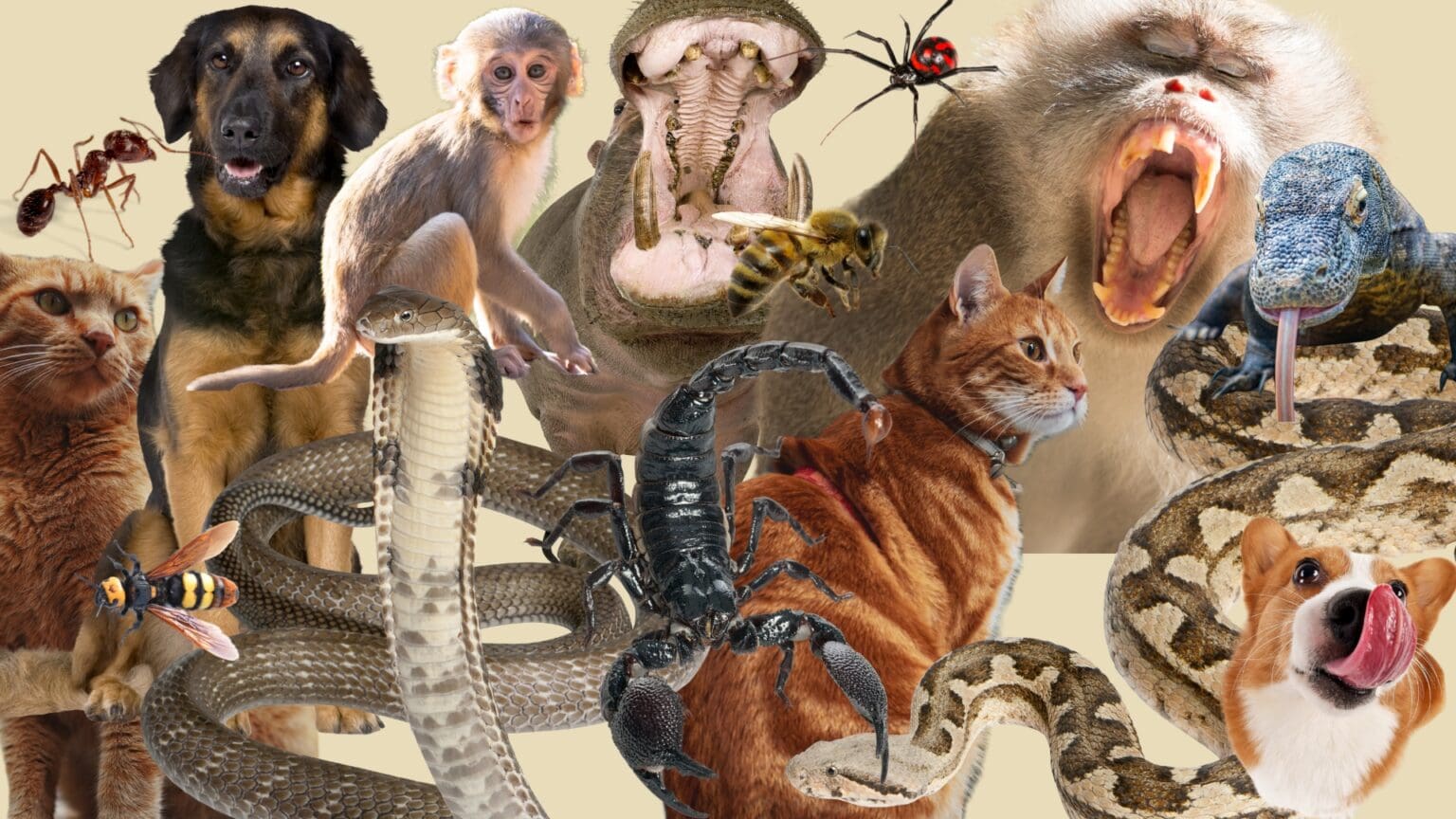Discovering the beauty of nature is often a highlight of the trip.
Watching a variety of colorful birds or spotting exotic and rare species is an experience for which many people travel thousands of miles.
Many of us live in developed countries in highly urbanized environments. We don’t know how to act around animals, and we’re often unable to correctly assess danger when we encounter them.
Some animals might look cute but are quite dangerous, while others can be scary but harmless.
When abroad, in an unfamiliar environment, listen to the advice of the locals and be respectful and careful around animals. And because it’s essential to know the risks to avoid them, we’ve prepared this guide.
You’ll learn how to protect yourself from bites, what to do if you’re injured, and why preparation is crucial.
In This Article
Bug Bites: Small But Mighty Risks
Risks of Bug Bites
Bites from various insects are very common worldwide. While the bite is typically not painful, and sometimes you might not even notice it, the main risk is not the insect but the parasite it carries.
Tens of infectious diseases, such as Malaria, Dengue, Yellow fever, Leishmaniasis, Lyme disease, etc., are transmitted by mosquitos, flies, ticks, and other bloodsucking insects.
Even seemingly harmless bites, without disease transmission, can become infected if not properly cared for. Symptoms vary by insect, including itching, redness, swelling, or fever.
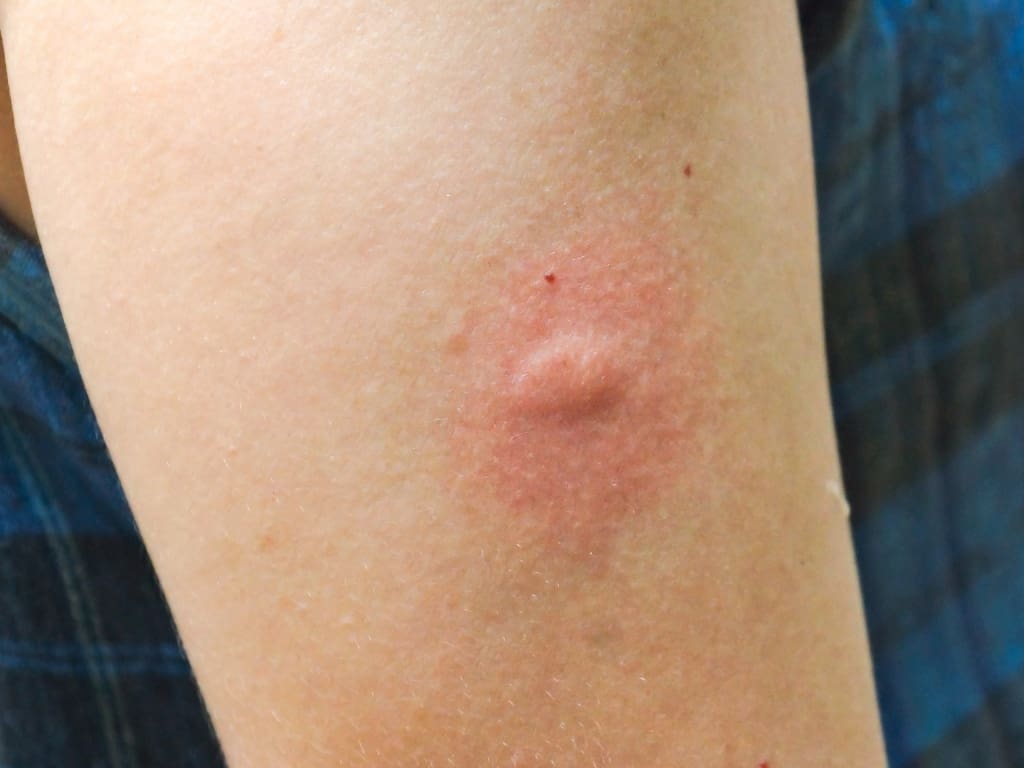
Treatment for Bug Bites
Remove it:
If the insect is still attached, remove it properly, and make sure no parts are retained. Be very careful, especially when removing ticks.
Clean the area:
Wash the bite with soap and water to reduce the risk of infection. Try not to scratch the skin. Broken skin can easily become infected, especially in hot and humid climates.
Soothe Symptoms:
For itching and swelling, apply antihistamine-containing gel or topical corticosteroids. Oral antihistamines can be taken, too, but systemic corticosteroids should be avoided.
Monitor for Complications:
Watch for signs of infection such as redness, warmth, or pus. Fever, body aches, or rash may indicate a more serious illness. Seek medical attention if symptoms persist or worsen.
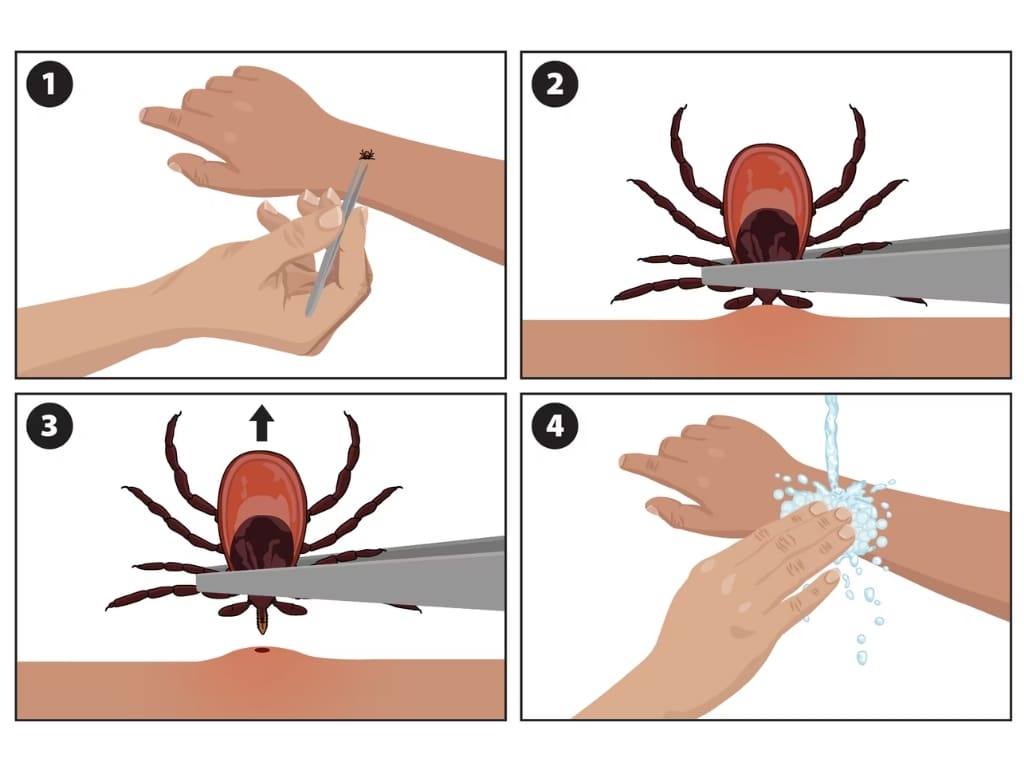
How to Prevent Bug Bites
Repellents:
For effective protection, use products containing DEET (30–45%) or picaridin (>20%). Follow the instructions when applying repellent.
Clothing:
Opt for light-colored, long-sleeved shirts, pants, and hats. Treat clothing with permethrin for added protection, or buy pre-treated clothes.
Avoid bright colors, which attract most insects. Some mosquitos and biting flies prefer dark colors, and tsetse flies, carriers of sleeping sickness in sub-Saharan Africa, are attracted to light blue clothing.
Nets and Barriers:
Sleep under insecticide-treated bed nets in malaria-prone regions.
Avoid Bug Habitats:
Avoid standing water, dense vegetation, and areas with high insect activity. When camping, choose windy, high, dry, cool, and sparsely vegetated terrain.

Large Animal Bites: Common in Tourist Hotspots
Risks of Large Animal Bites
As a kid, I loved watching all the documentaries about lions, crocodiles, jaguars, and others hunting their prey. I thought they must kill so many people every day.
The reality is that over 80% of bites and scratches in travelers are caused by just three animals.
Data from the Geosentinel (Global surveillance and research network of travel and tropical medicine clinics monitoring infectious diseases and collecting data about travelers’ health) study of travelers exposed to animals (bites, scratches) shows that 57% of travelers were exposed to dogs, 26% to monkeys, and 11% to cats. Other studies have similar results.

0,4% of travelers will get bitten by an animal per month in countries where Rabies is a potential risk.
Rabies is a major concern, especially in stray dogs in Asia and Africa. Dog and other animal saliva often contains a variety of dangerous bacteria that are difficult to treat with antibiotics.
Monkey bites have been on the rise in recent years. Injuries caused by them are common in many tourist places, such as Thailand, Nepal, and Indonesia. Monkey Forest in Ubud, Bali, is one of the hot spots.
The risk of Rabies is much lower than in dogs, but never zero.
Moreover, the Simian herpes B virus is thought to be present in macaque monkeys in South-East Asia, North Africa, and Gibraltar. This virus has never been proven in travelers after a monkey bite, but because of the high fatality rate, preventive care might be recommended, same as with Rabies.
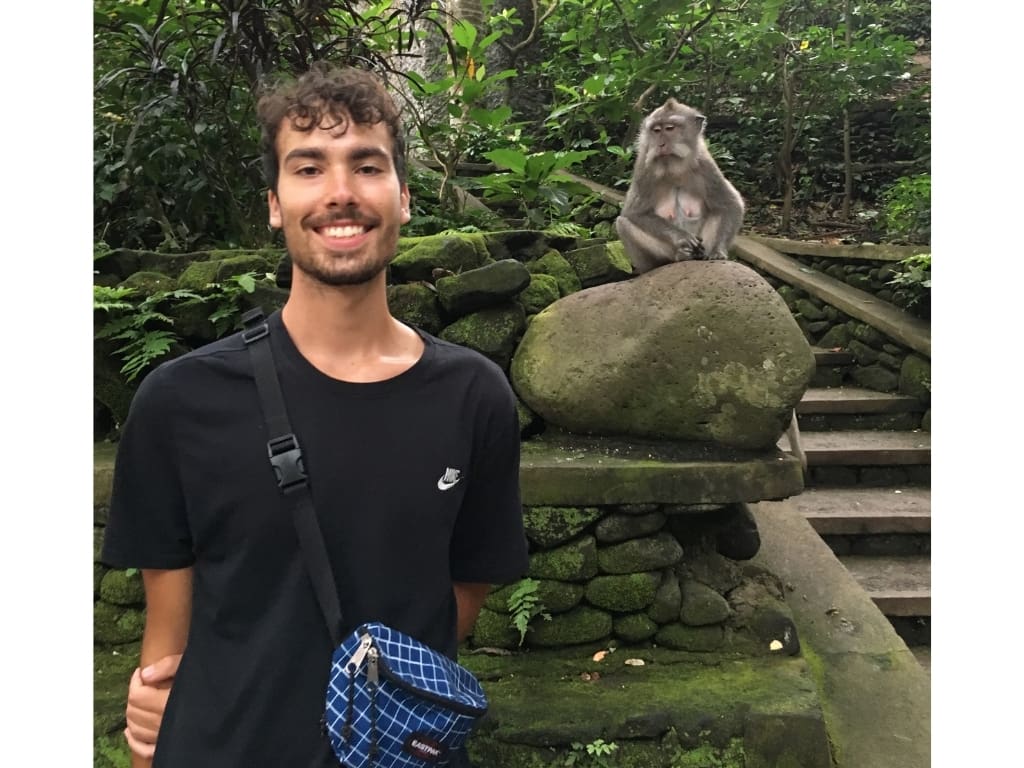
Treatment for Large Animal Bites
Get away:
First, get away from the animal to the nearest safe space or scare away the animal using noise, distraction, or lights.
Immediate Care:
If the wound bleeds a lot, try to stop the bleeding by applying pressure or elevating limbs. If there is minor bleeding, let it bleed for some time or even pinch it gently so the contamination is flushed out.
Wash the wound thoroughly with soap and water and keep it under a running tap for at least 15 minutes to remove bacteria and viruses, and reduce infection risk.
If no facilities are available nearby, use filtered or boiled water. This should be done even if the skin doesn’t appear broken to get rid of the saliva.
Wound Care:
Remove any objects from the wound, such as teeth, hair, or dirt. Be very careful and look for any small fragments. Use a disinfectant such as an iodine solution or an alcohol-based solution.
Dress the Wound:
Apply a clean, sterile dressing. Avoid using ointments until medical advice is received. Severely insured limbs should be immobilized.
Seek Medical Attention:
Wound assessment, treatment, and sutures might be necessary.
Post-exposure prophylaxis (PEP) is essential if there’s any risk of rabies.
A tetanus booster may also be recommended, usually if your last booster dose was more than 5 years ago.
Antiviral therapy is often recommended after high-risk exposure to macaque monkeys (Valaciclovir or acyclovir for 14 days) to prevent the herpes B virus.
Bites from humans, monkeys, cats, rats, monitor lizards, marine spine injuries, and others should receive prophylactic antibiotics to avoid complicated infections by bacteria present in the mouth and under nails of these animals. Bites to joints, hands, and feet pose a high risk.
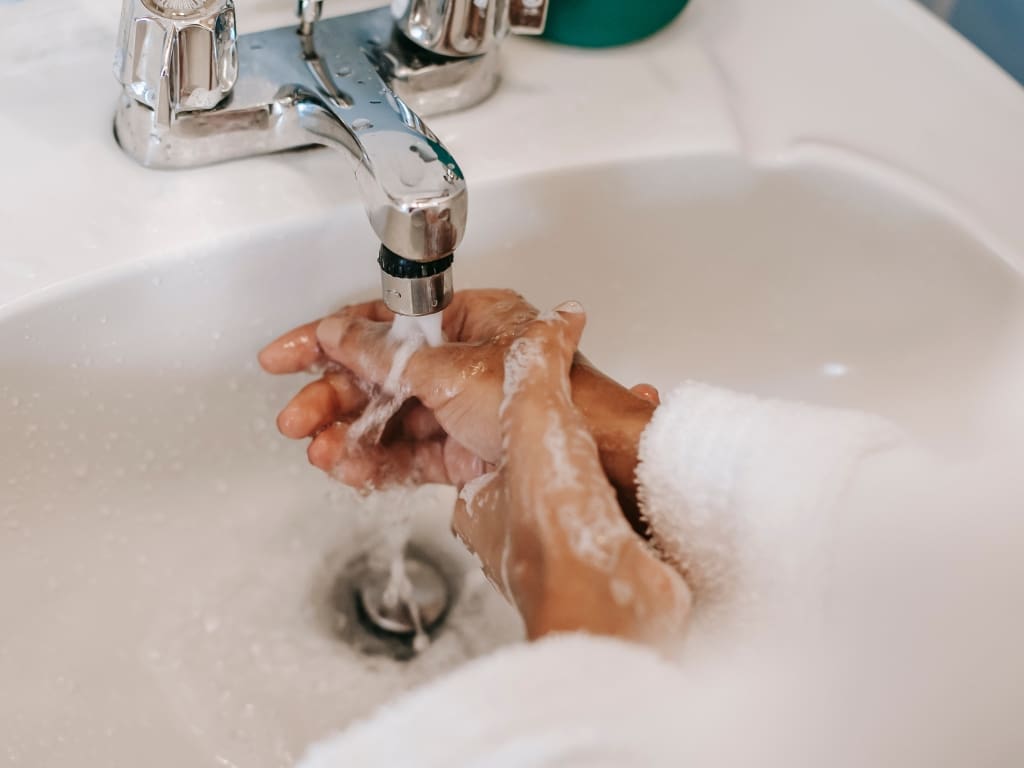
Preventing Large Animal Bites
Stay up to date on vaccination:
Make sure to receive a Tetanus booster at least every ten years. Based on your risk and preferences, consider Rabies vaccination. (Learn more in this vaccination guide)
Avoid Contact:
Do not feed, pet, or interact with stray animals. Never touch a bat with your bare hands.
Know how to handle contact:
If the animal attacks because it protects itself or its young, slowly and quietly backing away is recommended.
If the animal is approaching with predating intention, you should try to scare it away. Making loud noises, holding the backpack overhead, holding the unzipped jacket open, or throwing rocks are all methods to deter the animal.
Running away in this situation encourages the predator to attack.
Be Cautious Around Monkeys:
Don’t carry food or items that may attract their attention, such as plastic bags or shiny objects. Monkeys can even open the zip on your backpack in some tourist spots.
Travel Smart:
Be aware of your surroundings. Stray animals often hide under tables, vehicles, or food stalls. Unintentionally disturbing them might result in a defensive reaction.

Venomous Animal Bites: Rare but Dangerous
Risks of Venomous Bites
Venomous animals like snakes, scorpions, and spiders are found in many regions, including Southeast Asia, Africa, and South America.
Snake bites can cause life-threatening envenomation, while spider and scorpion stings may result in severe pain, paralysis, or systemic reactions.
These injuries are particularly dangerous when medical care is delayed. Appropriate and fast access to the nearest hospital with antivenins is crucial.
The greatest number of sting injuries are caused by insects like bees, wasps, and ants.
These small creatures can cause death from the effect of venom, usually after more than one sting or bite, or more often due to anaphylactic reaction (severe systemic allergic reaction causing swelling, low blood pressure, and narrowing airways).
Bullet ant stings are among the most painful experiences in the world.
Along with spiders, scorpions, and most snakes, the attack is often the result of a defensive reflex. Venom is precious to them, and the sting can lead to the animal’s death.
Treatment for Venomous Bites
Venomous Insects Bites
If there’s a known severe bee allergy, a person should always carry the epi-pen (epinephrine applicator). They and their travel companions should know how and when to use it.
After a bee, wasp, or hornet hive attack or multiple ant stings, seek medical help immediately.
For single stings and bites, painkillers such as ibuprofen will reduce pain and swelling. Oral and local antihistamines will help with the itching, swelling, and redness. Applying cold is also a good way to fight the symptoms.
Monitor the affected skin area for signs of infection. Broken skin is always a risk. Prolonged pain, redness, swelling, or fever should be investigated and often treated with antibiotics.
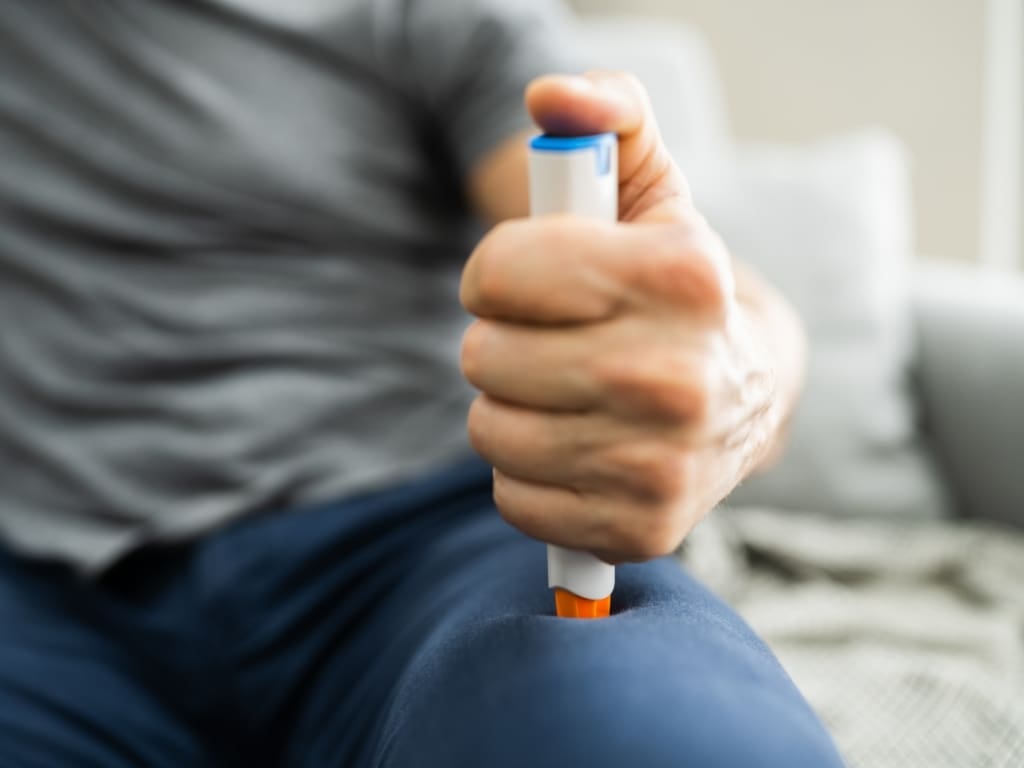
Snakebites
Snakes cause the majority of severe envenoming worldwide. Out of 5.4 million people bitten, 1.8 to 2.7 million are envenomed, and around 81 410 to 137 880 people die each year.
The highest burden lies on children and farmers in rural Asia due to high exposure and weak or inaccessible health care.
There are more than 3,900 species of snakes, but only 600 are venomous, and only 200 can kill or significantly wound a human. Moreover, between 25% and 40% of defensive bites result in minor envenoming, with no need for antivenin.
Highly venomous species usually cause death either by respiratory and cardiac failure due to neurotoxins or by affecting blood clotting, causing abnormal bleeding. Liver and Kidney damage can occur, too.
The traveler usually can’t recognize if the snake is or isn’t venomous, especially in a stressful situation. After getting bitten, always assume the snake might be venomous.
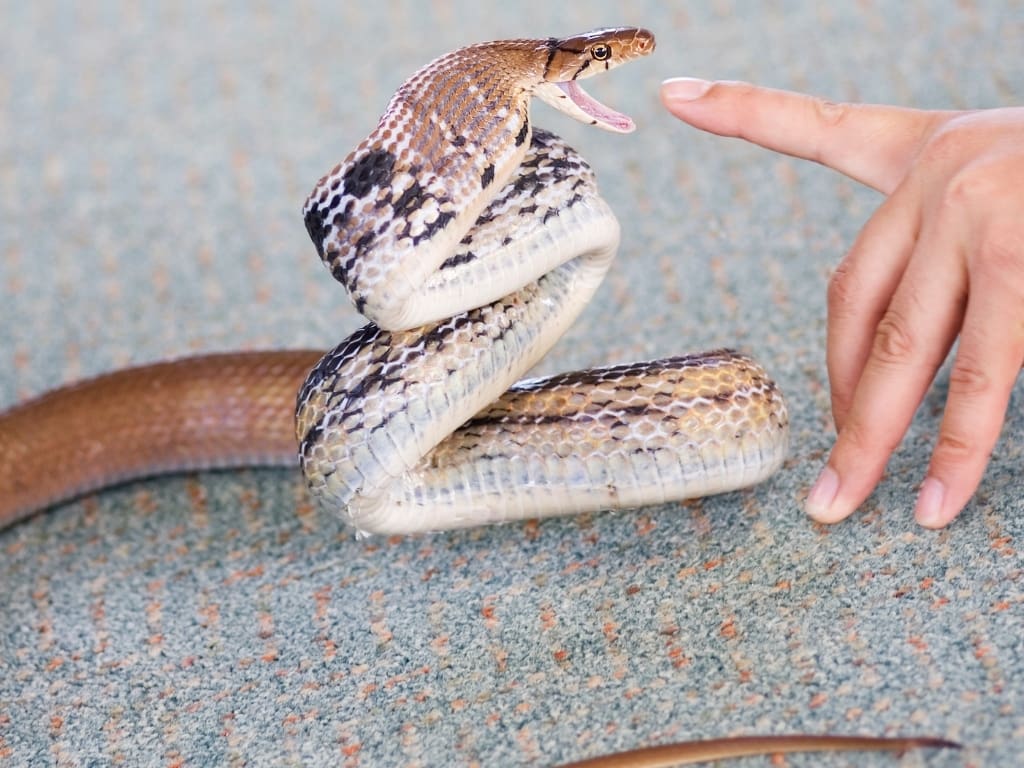
The highest priority is fast transport to a healthcare facility with antivenom available. That might include air evacuation.
Before getting to a hospital, you should:
- If it’s safe, take a photo or remember the snake’s color. Never try to catch or kill it.
- Remove the rings, watches, and anything that might cause constriction after swelling.
- Immobilize the bitten limb at or below hearth level.
- A pressure bandage is advised after the bite of neurotoxic species but not for vipers.
- Never apply a tourniquet (technique where you constrict the limb over the bite site with clothing, belt, or other tool).
- Do not try to cut around the bite or suck out the venom.
- You can use paracetamol (acetaminophen, Tylenol) for pain. Other painkillers like aspirin or ibuprofen affect blood clotting and can worsen the effect of venom.
If you’re exposed to a spitting cobra, use large volumes of water under a running tap directed at the opened eye. Rotate the eyeball. If the water’s not available, you can use milk, beer, or even urine. Don’t use strong alcohol.
Make an eye patch from the bandage, use sunglasses, and don’t rub the eye until reaching the hospital.
Spider Bites and Scorpion Stings
Scorpions mainly affect children in Central America, India, and North Africa. Travelers are usually exposed when unaware of the animal hiding, for example, in their shoes.
Spider bites are very painful, but death from envenomation is not common.
- Clean the wound with soap and water.
- Apply a cold cloth and elevate the affected area if possible.
- Topical steroid cream and oral antihistamines (diphenhydramine, cetirizin…) can be used to relieve itching.
If the spider that bit you was venomous, or you’re not sure, and after getting stung by a scorpion, seek medical attention as soon as possible.
Wound care, antivenom, antibiotic ointment, or tetanus vaccine might be needed.

Preventing Venomous Bites
The risk of venomous bites in travelers is low, but for adventure travel, the risk rises, and one has to know a few rules and tips to stay safe. A tetanus vaccine booster every ten years is crucial for all injuries, including animal ones.
Bees, wasps:
Do not wear bright-colored clothing, perfumes, and aromatic sprays to the forest and jungle.
Carry an Epi-pen if you’re allergic.
Snakes:
Wear boots and long trousers when exploring areas with venomous animals. Avoid sandals.
Avoid handling wildlife. Do not kill, touch, or attempt to move snakes and other unfamiliar animals, even if they appear to be dead.
Use a flashlight and walking stick after dark.
Don’t climb on trees and rocks in areas where snakes live, don’t put your hands in holes in trees and rocks, and be careful around water.
If you encounter a snake, slowly and cautiously back away.
Spiders, Scorpios:
Do not wear open footwear (sandals) outside urban areas. Use repellent in accommodation to reduce insects (food source).
Keep bedsheets from touching the floor.
Shake out clothes, shoes, and bedding before use, and inspect the shower and bathtub before entering.
Use ultraviolet (UV) light walking in nature at night to spot scorpions.
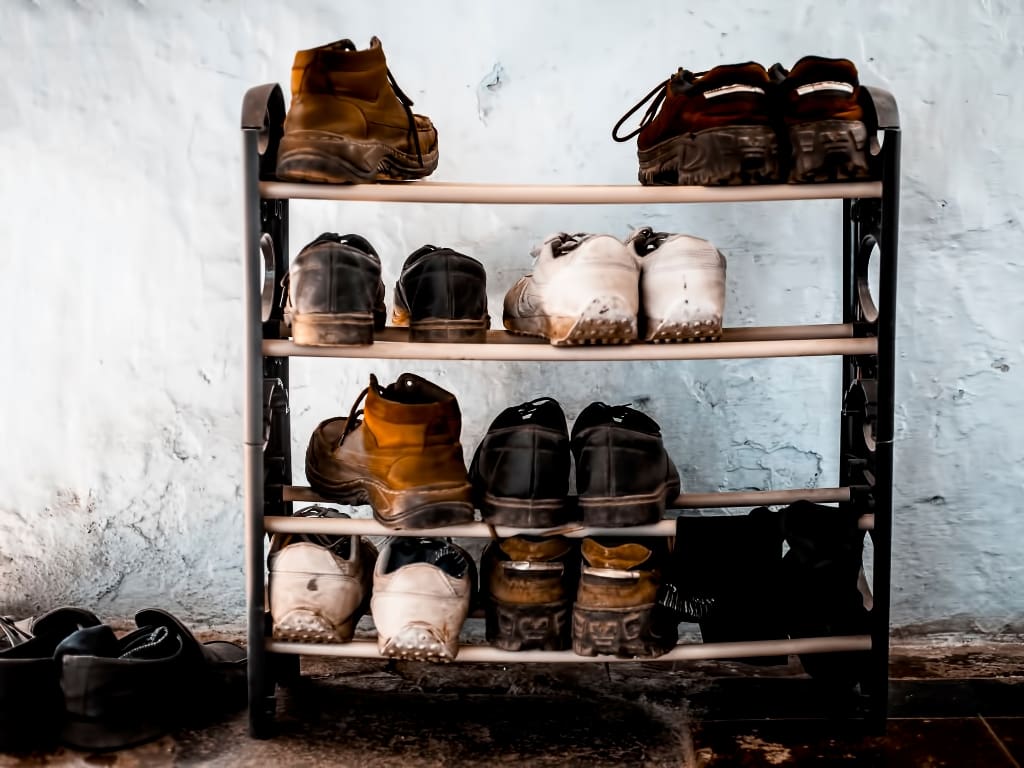
Summary: Stay Safe and Prepared
Animal bites can turn a dream vacation into a nightmare if not handled properly. From the irritating bite of a mosquito to the potentially fatal strike of a venomous snake, each risk requires knowledge and preparation.
Prevention starts with awareness—avoid unnecessary interactions with animals, pack the right protective gear, and be ready with a travel first-aid kit.
Always seek medical care after any mammal bite or scratch and after a potentially venomous bite or sting.
Resources
Travel Medicine, 4th Edition – December 13, 2018, Authors: Jay S. Keystone, Phyllis E. Kozarsky, Bradley A. Connor, Hans D. Nothdurft, Marc Mendelson, Karin Leder, Language: English, Hardback ISBN: 9780323546966
Centers for Disease Control and Prevention (CDC). (2023). CDC Yellow Book 2024: Health Information for International Travel. Oxford University Press.
https://www.fitfortravel.nhs.uk/advice/general-travel-health-advice/animal-bites
https://www.fitfortravel.nhs.uk/advice/general-travel-health-advice/snake-bites
https://www.mayoclinic.org/first-aid/first-aid-spider-bites/basics/art-20056618
Kennedy, M., Sahota, A., Wiselka, M., van Kampen, J. J., Koopmans, M. P., & Tang, J. W. (2019). Managing monkey bites in returning travellers. The Journal of infection, 78(6), 491-503. https://doi.org/10.1016/j.jinf.2019.03.002
Muehlenbein, M. P., Angelo, K. M., Schlagenhauf, P., Chen, L., Grobusch, M. P., Gautret, P., … & GeoSentinel Surveillance Network. (2020). Traveller exposures to animals: a GeoSentinel analysis. Journal of travel medicine, 27(7), taaa010. https://doi.org/10.1093/jtm/taaa010
Riesland, N. J., & Wilde, H. (2015). Expert review of evidence bases for managing monkey bites in travelers. Journal of Travel Medicine, 22(4), 259-262. https://doi.org/10.1111/jtm.12214
Disclaimer:
The information provided in this blog post is for general informational and educational purposes only and is not a substitute for professional medical advice. Always consult your physician or other qualified healthcare provider with any health problem. The use or reliance on any information provided in this blog post is solely at your own risk.


